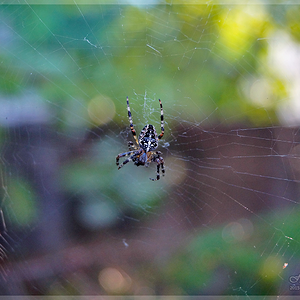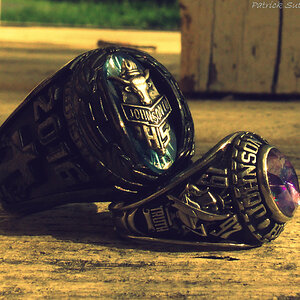EaZiE
TPF Noob!
- Joined
- Oct 17, 2007
- Messages
- 4
- Reaction score
- 0
- Can others edit my Photos
- Photos NOT OK to edit
I'm wondering if it matters which filter you put on first or if its even o.k. to stack filters. Could I say, put a wide angle lens on top of a polarizing filter? Or a UV and Polarizing? Of course I could just test it out, but I wanted to find out if there is standard procedure.
Thanks
Thanks


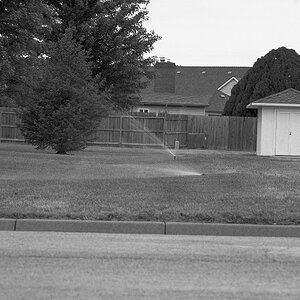
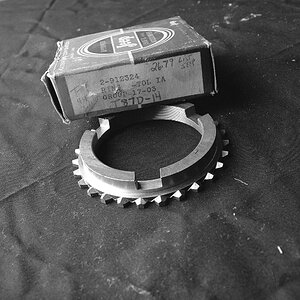
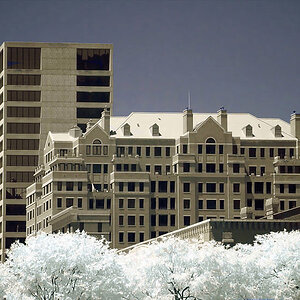


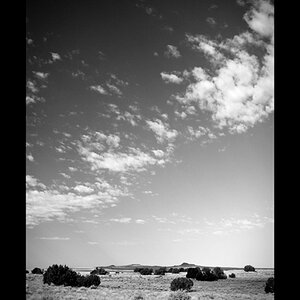
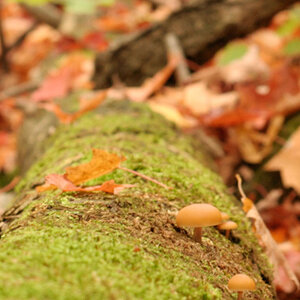
![[No title]](/data/xfmg/thumbnail/36/36132-5bd4fa365c199003273e0ff128bf42f4.jpg?1619737384)
